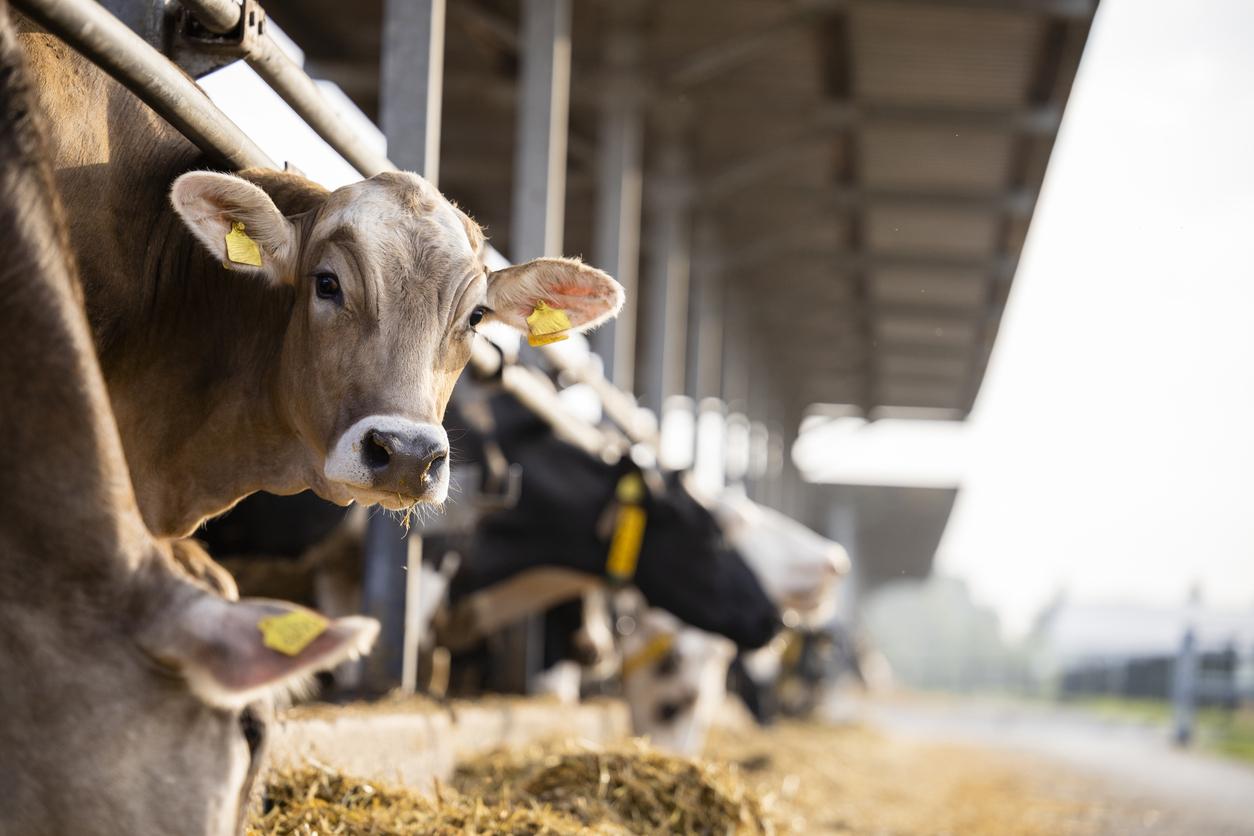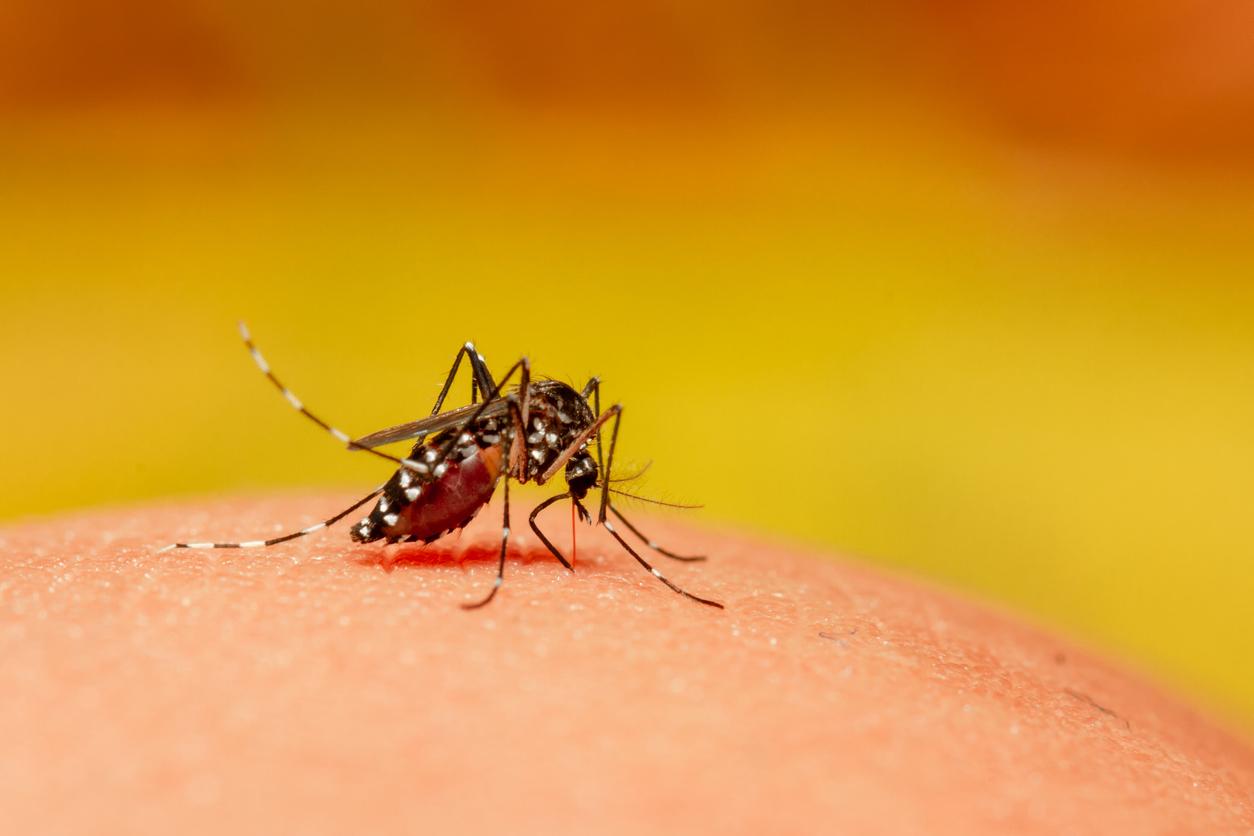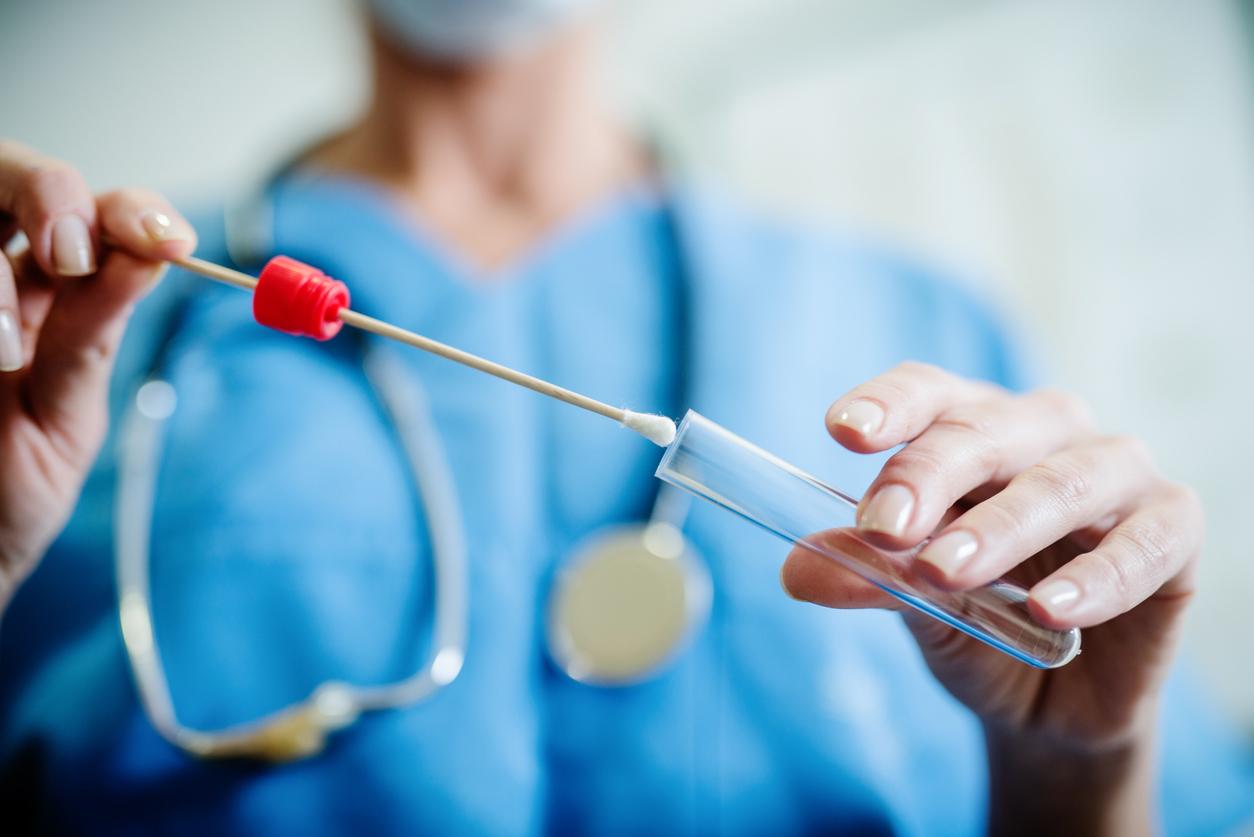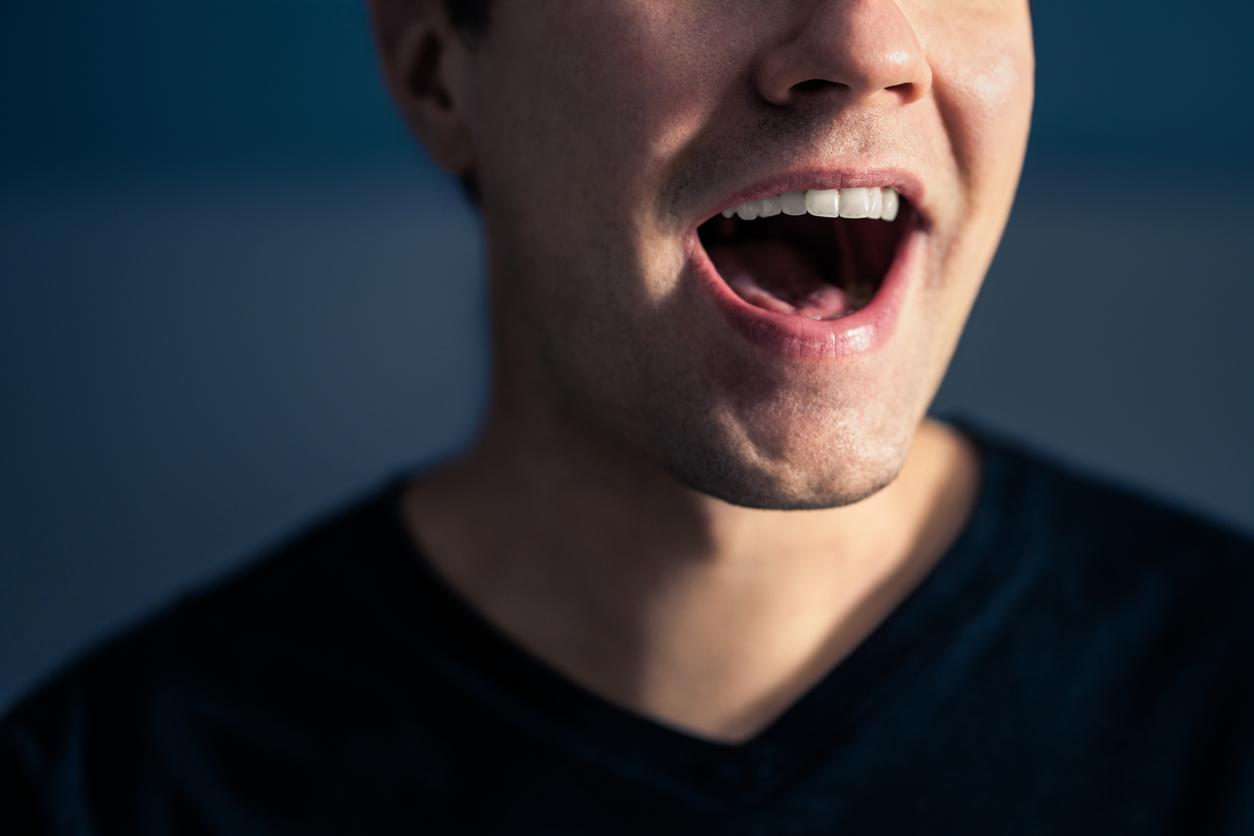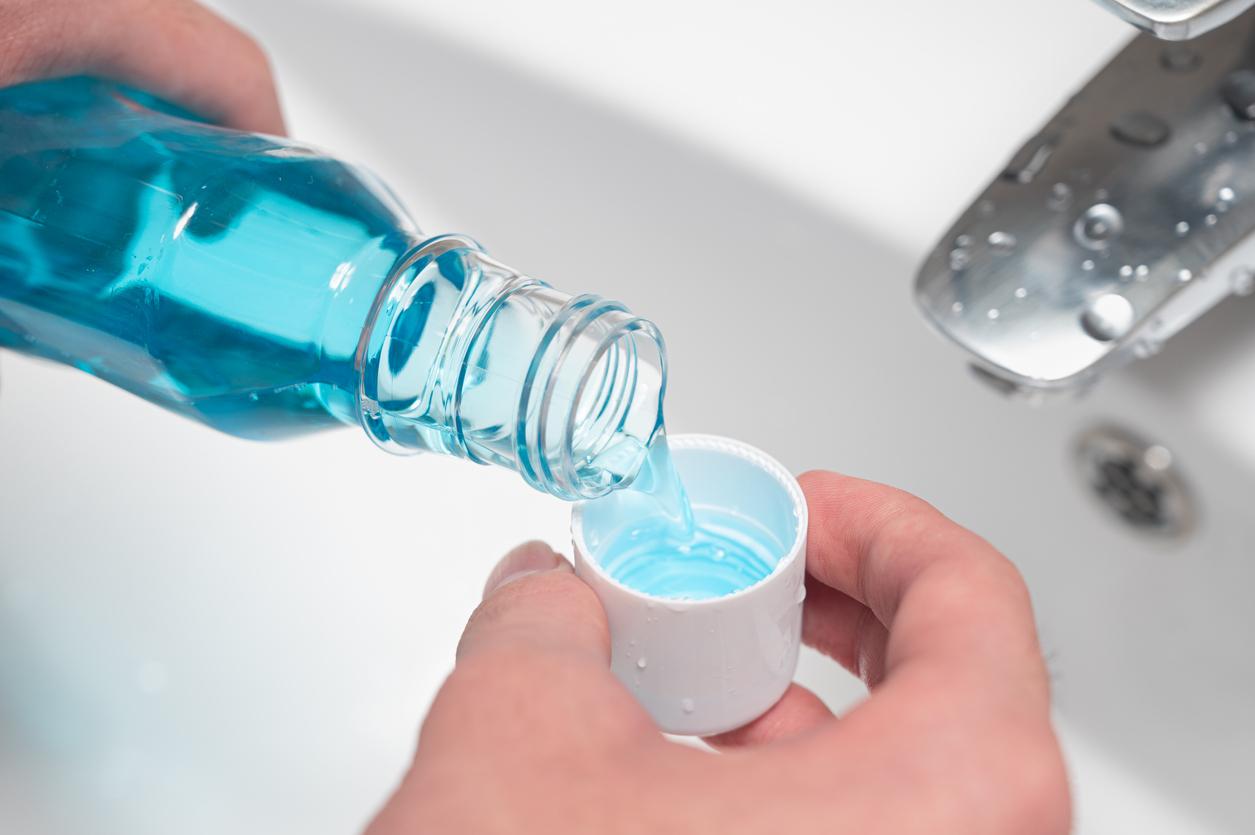Their main advantage is that they are easier to perform, especially for children. And for good reason: saliva tests are carried out by spitting into a tube. They also make it possible to carry out mass screening campaigns on groups with little or no symptoms, in which the virus can still circulate. The young population, globally less prone to symptoms, is largely concerned. Also, the Ministry of Education has been carrying out screening campaigns at school since the end of February.
As the Covid-19 health situation worsens, the “test, isolate, protect” strategy remains essential, in parallel with the vaccination campaign.
The saliva test: who can benefit from it?
In view of the new scientific data, the Haute Autorité de Santé now considers that RT-PCRs on saliva samples are of interest. even in the absence of symptoms. “The performance of these tests is satisfactory”, confirmed on February 11 Pr Dominique Le Guludec, president of the HAS.
There are 3 indications for saliva tests:
- For the people symptomatic, in second intention SI nasopharyngeal sampling is difficult (for children, the elderly, people with psychiatric disorders – or contraindicated).
- For the people asymptomatic as part of mass screening on targeted populations (high school, college, school, university, nursing home, etc.).
The advantage is that the samples are easier to take and better tolerated. “Making children spit in a tube will make them laugh, while they are often reluctant to take nasopharyngeal tests”, underlines Dr Cédric Carbonneil, head of the HAS professional acts assessment service.
- For the contact persons (who cannot stand the nasopharyngeal test). RT-PCR on a saliva sample is also indicated, as a second line, during “contact tracing” in contact persons when the nasopharyngeal sample is difficult or impossible.
To remember : saliva tests complete the arsenal of tests already available. The nasophaynge test remains the benchmark, especially for people at risk of severe form. As for the antigenic tests which remain the fastest, they remain recommended (in first intention) for the cases contacts in order to break as quickly as possible the chains of transmission.
The Easy Cov test, another rapid AND saliva test could also be more widely deployed soon. The HAS is in fact waiting for the results of an AP-HP study to decide.
Where can I find a saliva test? Where to do it?
The saliva test is based on the same technique as the classic PCR test. Only the sampling location changes: rather than placing a swab in the tube, the patient must spit into the tube.
Saliva screening for Covid-19 is already in place in some hospitals. It is also used at school as part of screening campaigns, deployed primarily in areas where the virus is circulating strongly.
The High Authority for Health also gave the green light last February, so that saliva tests can be carried out in a medical biology laboratory and at home in self-test. Concretely in these last two cases, it will first be necessary to recover a sample tube from the laboratory, in the same way as for a urinalysis.
How does the saliva test work in practice?
The laboratory provides a sampling kit, comprising the tube and a wipe to disinfect it, as well as an envelope to bring the sample back to the laboratory. An information document will also be provided to explain the procedure.
In practice, it is very simple and that is the whole point of this screening: “You just have to salivate in the tube, explains Dr Cédric Carbonneil. No need to cough or clear your throat. “ He also specifies that you must leave a period of 30 minutes after eating, drinking, smoking or even brushing your teeth. Once the sample has been taken, it must be returned to the laboratory the same day. It can be stored at room temperature. The laboratory provides the results during the day, as for a classic nasopharyngeal test.
At the children under 6, who may have more difficulty spitting up, the HAS specifies that it is possible to sample their saliva with a pipette.
The saliva test: how reliable?
The meta-analyzes carried out by the Haute Autorité de santé show a sensitivity (false negative rate) satisfactory although lower than that of nasopharyngeal RT-PCR tests: 85% for saliva tests and 92% for nasopharyngeal tests. Remember that to be considered “reliable”, the sensitivity of a test must be greater than 80%.
Sources :
- Press conference, Haute Autorité de Santé, February 11, 2021
- Press release “Salivary RT-PCR tests: the HAS extends their use and defines the practical methods of carrying out”, February 2021.
Read also:
- Anti-Covid vaccine: schedule, doses, effectiveness …
- Health protocol in schools: 5 new measures
- Can we catch the coronavirus twice?
- Coronavirus and healthy carriers: contagious even without symptoms?
- Coronavirus: how to treat yourself at home








